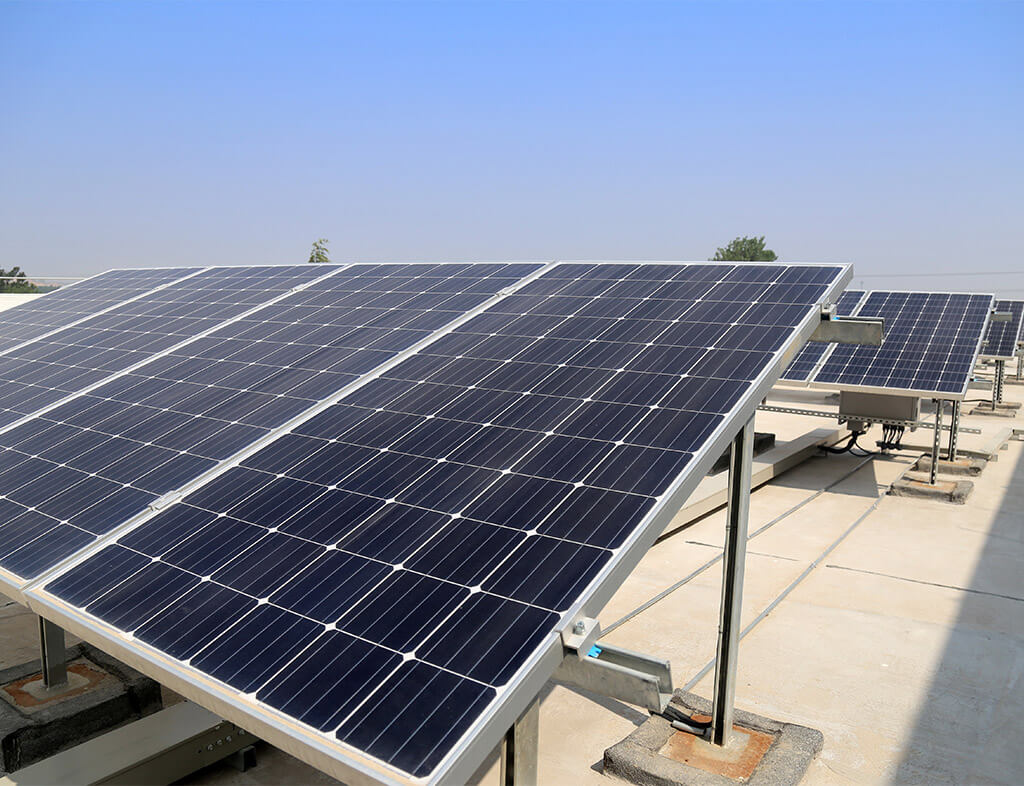YOUR SOLAR PANEL’S TILT ANGLE
26th May 2022
Your Solar Panel’s Tilt Angle
Several variables can influence the solar panels’ output, and the tilt angle of solar panels is one of them. Solar cells can be most efficient if the solar panel is perpendicular to the sunlight. Therefore, in order to maximize your solar panel’s output, you should properly adjust your solar panel’s tilt angle and find the optimal tilt angle.

Suppose you want to maximize your solar panel’s output and find the most convenient way to do it. One of the alternatives is to get a solar tracker, which will automatically track the sun’s position and adjust the solar panel always to be perpendicular to the sunlight. However, this is the least cost-effective option, and many people find this choice not worth it for them.
A more cost-effective way is to adjust the tilt angle of the solar panel by yourself. Some people may only want to set the solar panel at one angle and leave it at that, while others may be willing to adjust its tilt angle several times in a year. You can choose either one based on your preference. Your location and season are the two factors determining the tilt angle of the solar panel.
For the option of one optimal tilt angle all the time, you should adjust your solar panel’s tilt angle to equal to your location’s latitude. For instance, if you are located in Riverside, CA, and its latitude is 33.9806°N, you can tilt your solar panel at 34°and leave it at that. This option is recommended for your residential system.

For the possibility of several adjustments in a year, you should adjust your solar panel’s tilt angle based on your location’s latitude and season. For example, in spring and fall, you can tilt the solar panel to your location’s latitude, and in summer, to your location’s latitude minus 15°. In winter, you can tilt your solar panel to your location’s latitude plus 15°. If we use Riverside, CA, as an example, the tilt angle should be 34°in spring and fall, 19° in summer, and 49° in winter. This alternative is strongly recommended for your RV/marine system because you will travel to different locations, which have different latitudes. In addition, this second option allows your residential system to get higher output from your solar panel compared to the first one.
Summer is coming, so be ready to adjust your solar panel’s tilt angle!
